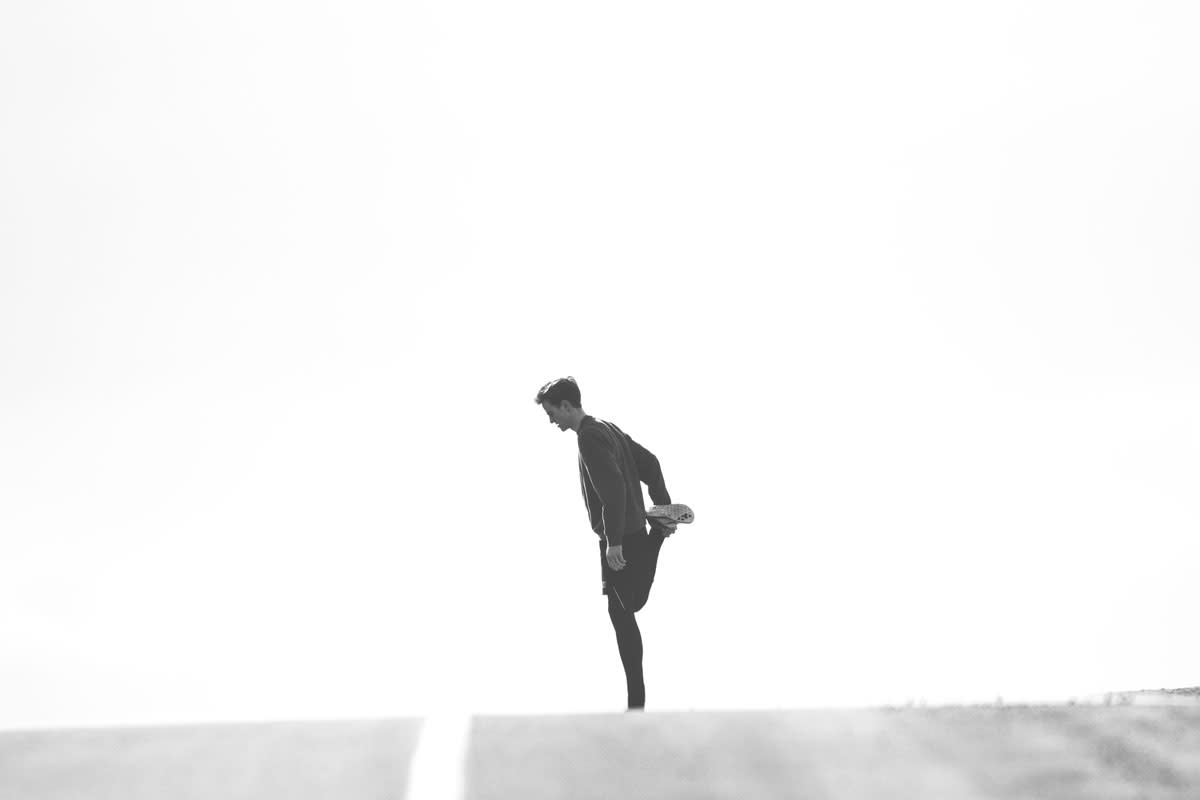Even what seems like the most benign hiking trail can result in a twisted ankle, pulled muscle, or worse if you don’t prepare properly. The most effective method of readying your body for the rigors of the trail is consistent stretching.
We suggest stretching all of the main muscle groups used in hiking, but also pay attention to your particular needs, and take them into account. If you have weak ankles, make an extra effort to strengthen them. Same goes for calf muscles, tight hamstrings, and any other muscle group you may have issues with.
First up: activating and strengthening your core. Having a strong core is imperative for successful hiking, and affects every other part of your body, from your back muscles, to posture, to flexibility in the legs.
According to Popsugar, the core muscles consist of your abdomen, hips and lower back. Each of these groups plays an integral part in maintaining muscle health on the trail. Popular core stretches include child’s pose, cobra, spine rotation, and more.

Second, we have what are arguably one of the most important muscle groups when it comes to hiking—the quadriceps. These are the muscles on the front of your thighs, and are responsible for most of the power generated during hiking. The quads also help extend and straighten your knee with each step, so it’s important to keep them limber.
Stretching the quads is relatively easy, and can be performed before or after a workout. If you choose to stretch prior to warming up your muscles, place extra emphasis on being as gentle as possible to avoid pulling a muscle.
We recommend the standing stretch. Stand on your right foot, and grab your left shin by bending your leg upwards behind you. Pull you shin toward your body, and hold for 30 seconds. Repeat the process on your right leg.
Next up are the hamstrings, which work together with the quadriceps to carry you forward as you make your way along the trail. Tight hamstrings can result in extreme discomfort on the hiking trail, and in severe cases, can cause pulled or torn back muscles.

To stretch the hamstrings effectively, it’s best to wait until after your workout, when muscles are warmed up. Otherwise, stretching could lead to injury. Here are six of the best hamstring stretches to maintain health of the back, legs and knees.
Last (but not least) on the list are calf muscles—a muscle group key for hiking. These powerhouses support each step, flexing and pivoting as you move along the trail.
One of the most effective stretches to prevent calf injury is the downward dog—this move targets the muscles in your lower legs for a deep stretch.
Happy trails!
from Men's Journal https://ift.tt/3ejTmPp


0 comments